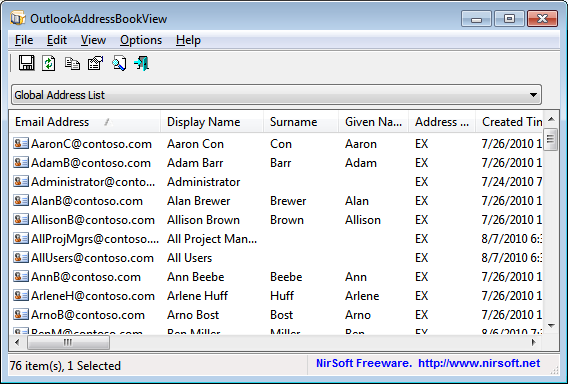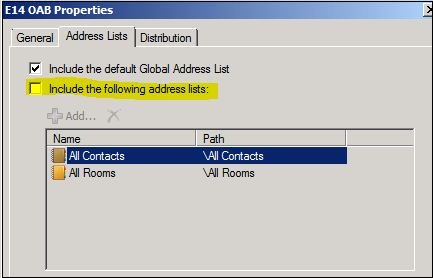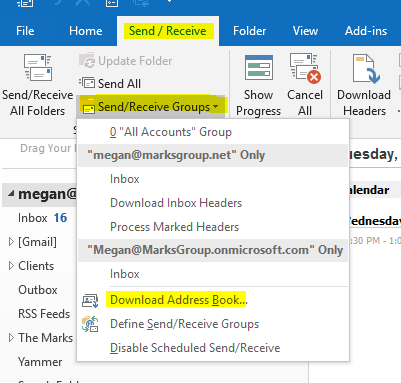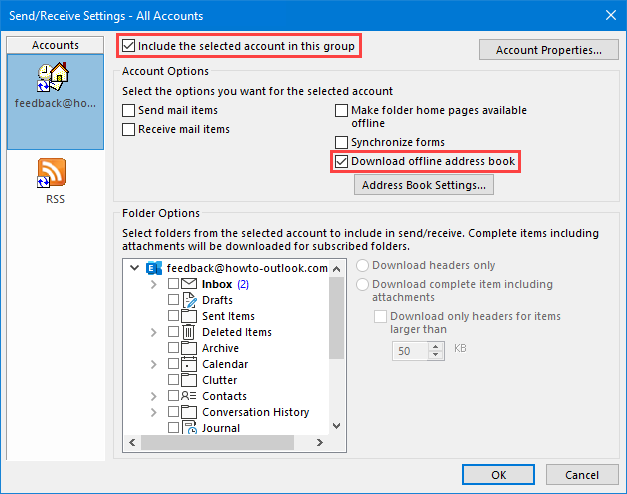Offline Address Book Office For Mac 2016
In the Mail app on your Mac, do one of the following. Take all accounts online: Click the lightning bolt icon or choose Mailbox Take All Accounts Online. Take a specific account online (if you have more than one account): Click the lightning bolt icon next to the account’s mailbox, or choose Mailbox Online Status Take account Online.
Transporting or moving/copying/importing/exporting Outlook Contacts or Address Book is quite frequently required and is often a tricky task to complete. To successfully achieve it with all data intact, one needs to properly understand what the process is all about and know exactly what settings to use.
Office 2016 Offline Download
In the Accounts box, select Exchange or Office 365. (If you don't see this screen, it's possible you already have one or more accounts in Outlook 2016 for Mac. Just click the + at the bottom of the screen to add another account.) Enter your email address. Choose your authentication method. Start quickly with the most recent versions of Word, Excel, PowerPoint, Outlook, OneNote and OneDrive —combining the familiarity of Office and the unique Mac features you love. Work online or offline, on your own or with others in real time—whatever works for what you’re doing. The address book I create and edit on one machine will not sync with Gmail or Outlook on the other machine. MS needs to add the same tools to Outlook that they have in the other office products that allow the two machines to sync up whenever I get online with one or the other. There is a cloud for documents but none for Outlook.
This article will serve as a guide for all those who wish to understand what the Outlook Address Book (OAB) is and how to move it between computers.
Outlook Address Book – The Basics
Each Windows PC that has Microsoft Outlook installed has a default OAB that consolidates all the Outlook Contacts folders. Contrary to general perception, the OAB is not a physical address book but is a virtual concept. It is a highly customized “View” of the Contacts folder or in other words, the OAB is just a representation of underlying Contacts folders. It is hence NOT a standalone entity and should not be thought of as such. Microsoft Outlook also doesn’t save the OAB as a file that is separate from your data store. On a local machine, the presence of the OAB is termed as a Personal Address Book (PAB). In contrast to the OAB, the PAB is a physical address book that is saved on the disk by Outlook and it is separate from your data store.
Now that we’re through with the basics, let’s get straight to the main focus of this article, that is, moving /copying the OAB and exporting / importing it.
How to copy PAB (physical OAB) to another computer

The PAB file has an extension .pab and it is created as soon as you add it to your email profile. To copy it to another computer:
- In Outlook Tools menu, click on E-mail Accounts -> Directory -> View or change existing directories or address books -> Next.
- Under “You can choose a directory or address book below to change or remove it”, click Personal Address Book -> Change. Copy the path of your PAB file that is in the “Path” box.
- Quit Outlook and any associated email programs and open Windows Explorer.
- In the address bar of Windows Explorer, paste the path of the PAB file you copied in step 2.
- You’ll find the PAB file in the folder that opens. From here you can select and copy the PAB file to another computer via any appropriate media. If the source and target computer are on the same network, you can even paste the PAB file in a shared folder and access it from the target computer.
How to Export Outlook Address Book
Exporting the Outlook Address Book from Outlook 2010:

- Launch Outlook 2010 and click File -> Options.
- An “Outlook Options” window will open, click Advanced -> Export.
- An “Import and Export Wizard” window will open, select ‘Export to a file’ and then click on Next.
- An “Export to a file” window will open, select “Comma Separated Values (Windows)” and then click on Next.
- Under “Select folder to export from:” click on ‘Contacts’ and then click on Next.
- Under “Save exported file as” click Browse to select a destination folder. Thereafter type the target file name and click on OK.
- Click on Next. Confirm that the “Export Contacts from folder: Contacts” option is checked. If you wish, you can click on “Map Custom Fields” to individually select the contact fields that you wish to export.
- Lastly to complete the process, click on Finish.
Exporting theOutlook Address Book from Outlook 2013:
- Launch Outlook 2013 and click File > Open & Export > Import/Export.
- An “Import/Export wizard” will open, click on ‘Export to a file’ and then click on Next.
- An “Export to a file” window will open, select “Comma Separated Values (Windows)” and then click on Next.
- Under “Select folder to export from:” click on ‘Contacts’ and then click on Next.
- Under “Save exported file as” click Browse to select a destination folder. Thereafter type the target file name and click on OK.
- Click on Next. Confirm that the “Export Contacts from folder: Contacts” option is checked If you wish, you can click on “Map Custom Fields” to individually select the contact fields that you wish to export.
- Lastly to complete the process, click on Finish.
Note: It is important to remember that through this process individual contacts in the address book will be exported but contact groups will not. They will have to be recreated at the target location.
How to Import Outlook Address Book
Outlook Contact data stored in a file system or spread sheet (CSV) can be easily imported into another Outlook client. The columns and fields can be mapped flexibly during the import. Here are the steps to import Contacts from a CSV file or Excel sheet into Outlook:
- Launch Outlook and click File -> Import and Export.
- An “Import/Export wizard” will open, click on ‘Import from another program or file’ and then click on Next.
- An “Import from a file” window will open, select “Comma Separated Values (Windows)” and then click on Next.
- Under “Select file to import from:” click Browse to select the desired file.
- Check “Do not import duplicate items” and click on Next.
- Select the Outlook folder where you want to import the Contacts (typically your Contacts folder). Click on Next.
- Click on “Map Custom Fields” and map all columns from the CSV to the desired fields in the OAB.
- New mappings can be created by dragging the column title to the desired field.
- Previous mappings of the same column are thus replaced by new ones.
- Click on OK and lastly to complete the process, click on Finish.
To sum it up
No task is difficult if you have the adequate knowledge about it. Just follow the above mentioned steps and perform all operations with the Outlook Address Book (OAB) successfully.
-->An offline address book (OAB) is a downloadable address list collection that Outlook users can access while disconnected from Exchange Online. Admins can decide which address lists are made available to users who work offline.

Offline address books are generated every 8 hours.

For more information about address lists in Exchange Online, see Address lists.
For OAB procedures, see Offline address book procedures.

How users download offline address books
Office 2016 Offline Language Pack
In Outlook, click File > Account Settings > Download Address Book.
On the Offline address book dialog box that's displayed, make the following selections:
Download changes since last Send/Receive: By default, this check box is selected. Unchecking this box causes a full download of the OAB.
Choose address book: This drop-down list will display the offline address books that are available to you. Depending on what an admin has configured, you might see only one value here (for example, the global address list).
Click OK. The OAB is downloaded and saved on your computer.
Conditions that cause a full download of the OAB
There are situations where Outlook will always perform a full OAB download. For example:
Offline Address Book Exchange Online
There's no OAB on the client computer (for example, this is the first time you've connected to your Exchange Online mailbox in Outlook on this computer).
The version of the OAB on the server and the client don't match (a more recent version of the OAB is present on the server).
One or more OAB files are missing from the client computer.
A previous full download failed, and Outlook has to start over.
When a user has multiple MAPI profiles on the same Outlook client computer and they switch between the two profiles that both use Cached Exchange Mode, multiple full OAB downloads of the same OAB files will occur.